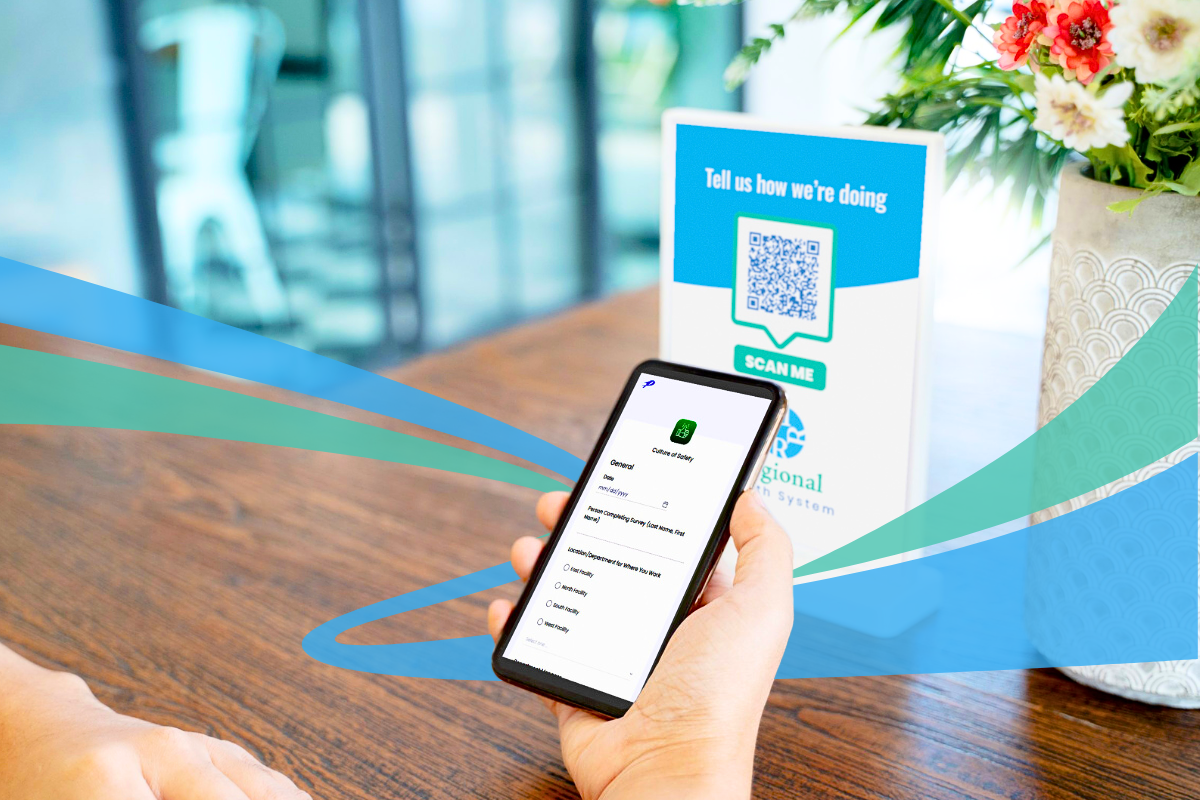
A startling revelation from a 2023 patient experience survey by Tebra shows that 73% of respondents would leave a practice following a poor experience with their healthcare provider.
This statistic highlights the critical importance of patient feedback. When patients share their experiences, they offer invaluable insights that help healthcare providers fine-tune their services. Read on to learn efficient methods for collecting patient feedback, including the use of patient surveys, and find out how these tools can help improve patient satisfaction and contribute to the growth of your healthcare practice.
Understanding Patient Feedback
Patient feedback refers to the opinions and experiences shared by patients regarding the quality of care they receive in a healthcare setting.
This feedback can come in many forms, such as electronic surveys, reviews, or even direct comments. But it’s more than just a response on a card; it’s an unfiltered look into the organization’s operations through the eyes of the patients who use those services, providing genuine insights into how to improve the patient experience.
Patient feedback is a comprehensive reflection of a patient’s entire experience within a healthcare setting – from scheduling through care follow up – and encompasses a wide range of factors including:
- Scheduling Appointments: Comments on how easy or difficult it is to schedule appointments, highlighting the accessibility and convenience of healthcare services
- Communication: The quality of patient-provider communication, noting whether explanations and discussions are clear and helpful
- Staff: Responses may reflect on the level of empathy and understanding shown by healthcare staff, which significantly affects the patient’s comfort and satisfaction
- Care Outcomes: The results of their medical treatments, including their satisfaction with the care received and the effectiveness of the treatments
- Ancillary Services: Such as hospital amenities like the quality of food services, which can impact the overall patient experience
- Facility Concerns: Issues like parking facilities, as they affect the ease of access to healthcare services and the convenience for patients and their families
4 Ways Patient Feedback Transforms Healthcare Services
Here are four ways that patient feedback improves healthcare services:
It improves quality of patient-centered care.
Patient feedback is the foundation of a patient-centered approach to healthcare. By actively seeking and listening to the voices of patients, providers can gain a deeper understanding of their needs, preferences, and concerns, leading to care that is more aligned with what patients value most. This alignment improves patient satisfaction, but also contributes to better health outcomes.
It builds trust and enables transparency.
In a time where patient trust is at an all-time low, patients who see their feedback valued and addressed are more likely to place confidence in their healthcare providers. This trust is key for building strong patient-provider relationships, which are essential for effective healthcare delivery.
It fosters patient retention – and attracts new patients.
By actively making improvements based on patients’ feedback, healthcare organizations can significantly improve the care experience. This commitment not only fosters patient loyalty and retention but also strengthens their trust and satisfaction.
Consequently, leveraging patient feedback effectively can also help attract new patients, by strengthening the brand’s reputation.
Research shows that about 50% of people say their choices of a new doctor or hospital are influenced by recommendations from friends and family. Positive experiences and satisfaction among current patients increase the likelihood that they’ll recommend the organization to loved ones or share positive reviews online. This helps to enhance the brand reputation of the facility, while also contributing to its growth.
It drives quality improvements.
Healthcare facilities that collect and act on patient feedback often see tangible improvements in the quality of care they provide.
Identifying patterns and common themes in feedback allows for targeted interventions, such as streamlining administrative processes, enhancing the environment of care, or providing additional staff training. As these changes are implemented, providers can monitor feedback trends to gauge the effectiveness of their improvement efforts.
In this way, engaging patients through feedback also contributes to broader organizational changes, fostering a culture of continuous improvement.
Strategies for Collecting & Addressing Patient Feedback
To collect a variety of patient experiences, healthcare providers should offer multiple channels for feedback, such as patient satisfaction surveys, feedback boxes, focus groups, and follow-up calls. Having varied formats of feedback collection ensures that all patients, regardless of their preferred mode of communication, can share their insights.
Here are different strategies for obtaining patient feedback:
Surveys & Questionnaires
Surveys and questionnaires are some of the most common tools for gathering patient feedback. These can be distributed electronically or in person and address various aspects of the patient experience, including communication in healthcare, access to care, and satisfaction with treatment.
Here are some common reasons for implementing electronic healthcare surveys:
- Evaluate patients’ health status
- Monitor the advancement of their recovery
- Gather patients’ perspectives and feelings regarding the care provided
- Observe the performance of healthcare personnel
- Identify any issues encountered during their stay
Focus Groups & Interviews
Hosting focus groups or conducting one-on-one interviews with patients allows for in-depth exploration of their perspectives and experiences. These qualitative methods provide rich insights into patient experiences and preferences.
Online Reviews & Ratings
Monitoring online reviews and ratings on platforms like Google, Yelp, or specialized healthcare review websites offers valuable patient feedback. Responding to reviews, whether positive or negative, demonstrates attentiveness to patient concerns.
In fact, research shows that dedicating as little as 10 minutes weekly to enhancing online presence and publicly responding to feedback can reduce the impact of negative reviews by as much as 70%.
Patient Advisory Councils
Establishing patient advisory councils made up of diverse patient representatives can provide ongoing feedback and guidance on healthcare policies, practices, and initiatives.
Feedback Forward: Navigating Next Steps
While collecting patient feedback is the first step toward improving the patient experience, it’s what’s done afterward that really counts. Harnessing the power of data analysis is essential to turning feedback into actionable insights for real improvement.
Once insights have been extracted, the next crucial step is implementing changes based on the collected patient feedback. This may include refining processes, enhancing communication channels, or adjusting policies to better align with patient expectations.
By actively responding to patient feedback and making tangible improvements, healthcare providers can foster a culture of continuous improvement and ultimately elevate the overall quality of care.
Of course, to fully close the feedback loop, providers must also communicate these changes back to the patients. This communication not only demonstrates to patients that their voice has a real impact but also encourages ongoing patient engagement and dialogue. Embracing this mindset ensures that patient feedback isn’t perceived as a one-time task but is rather an integral part of the ongoing effort to enhance healthcare services.
Ready to Get Started?
Learn how Performance Health Partners’ survey tool can help your organization improve patient experience. Click here to get started.



